Administration de la gestion de l'eau
Type of resources
Available actions
Topics
Keywords
Contact for the resource
Provided by
Groups
Years
Representation types
Update frequencies
status
Scale
-
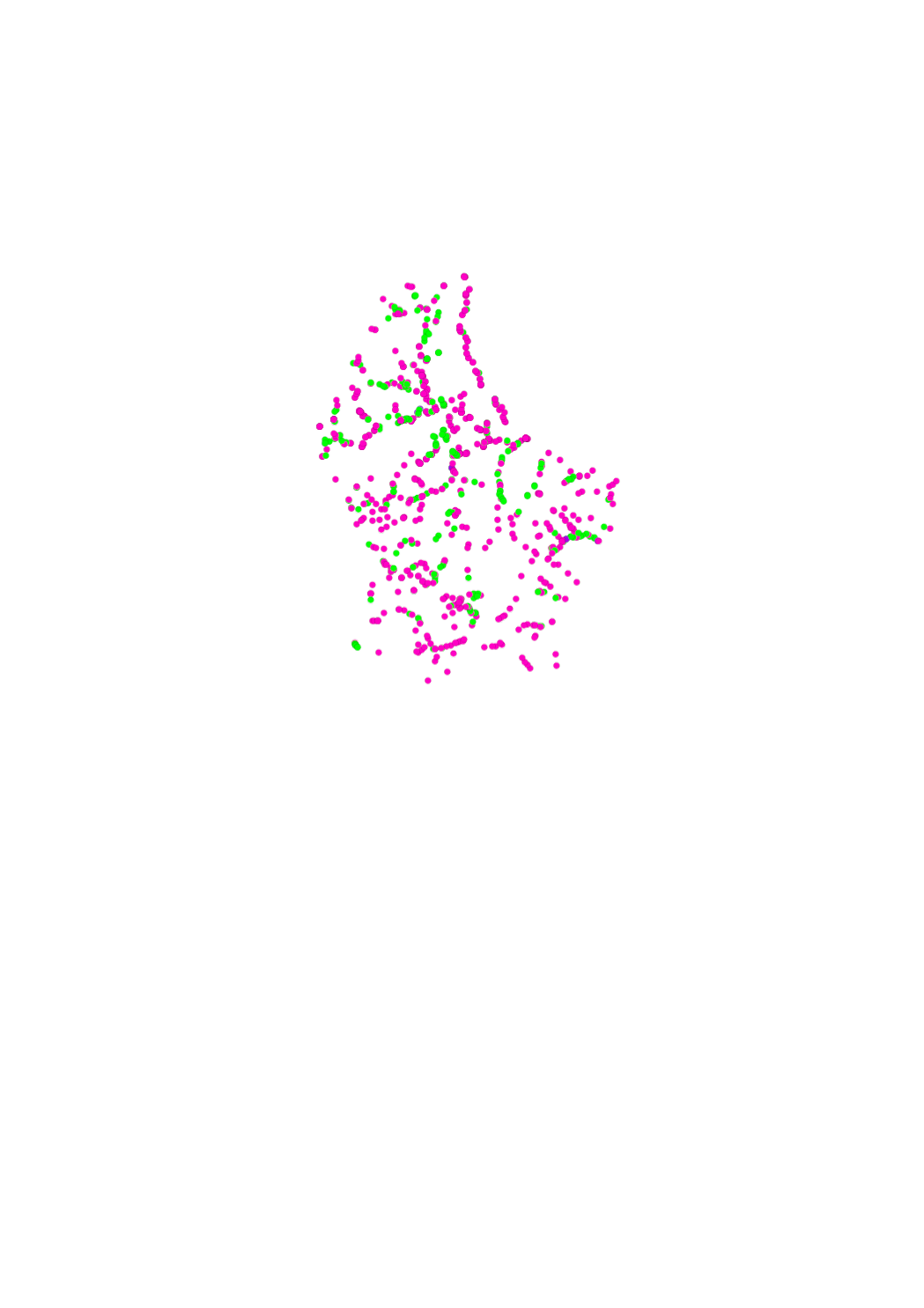
Status of the authorization demands.
-
This layer contains the inspections and controls carried out by the SICOPOL service of the Water Management Administration.
-

Drinking water shortage (level « red »)
-

Drinking water shortage (level « orange »)
-
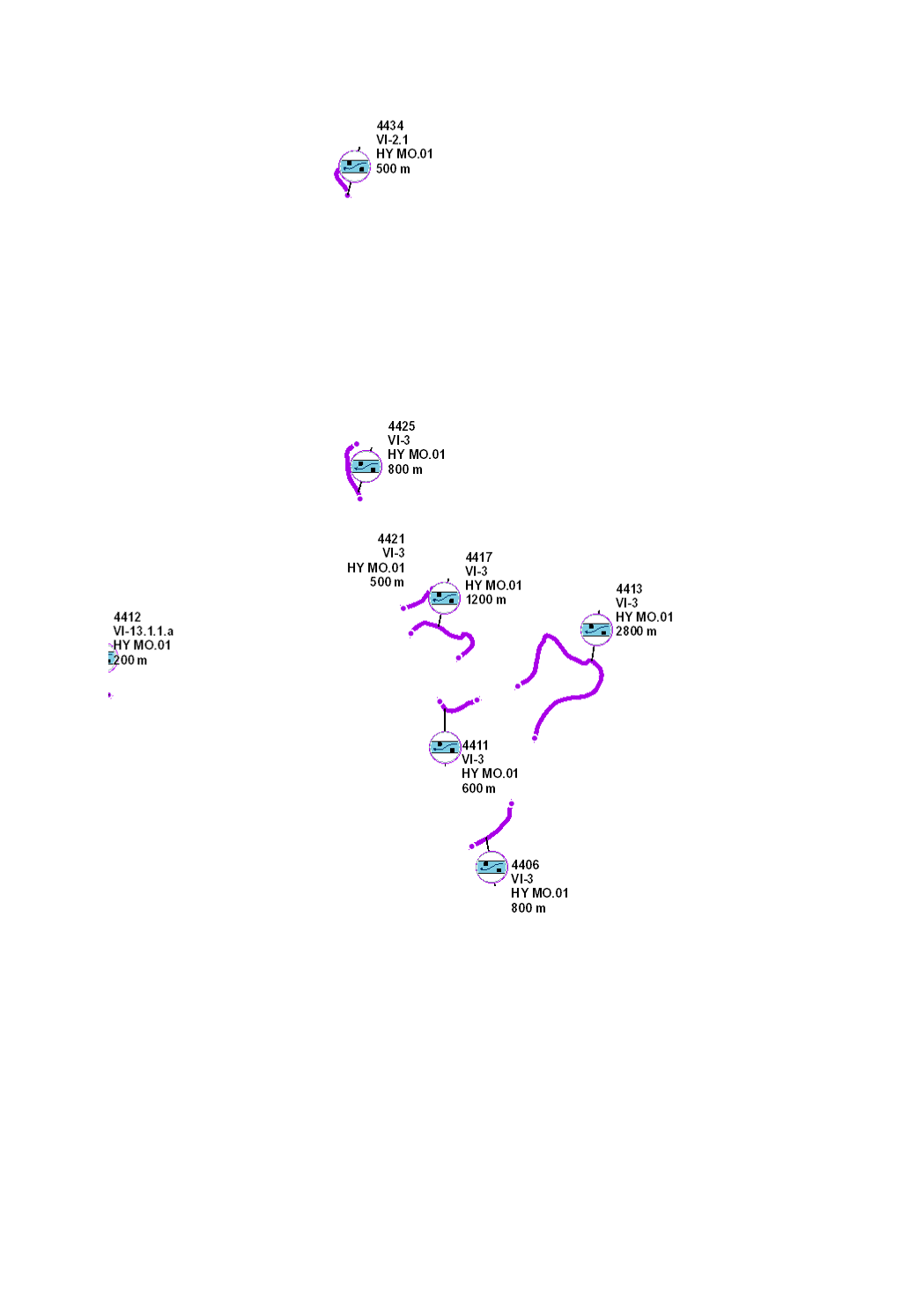
Riverbed diversification through natural substrate supply and/or through the incorporation of structural elements such as stones, rocks, stumps or trunks, in order to recreate a nature-like structure and composition of the bed load, with a low flow channel, a variability of depths and a diversity of flow rates, thus creating microhabitats for the aquatic flora and fauna.
-
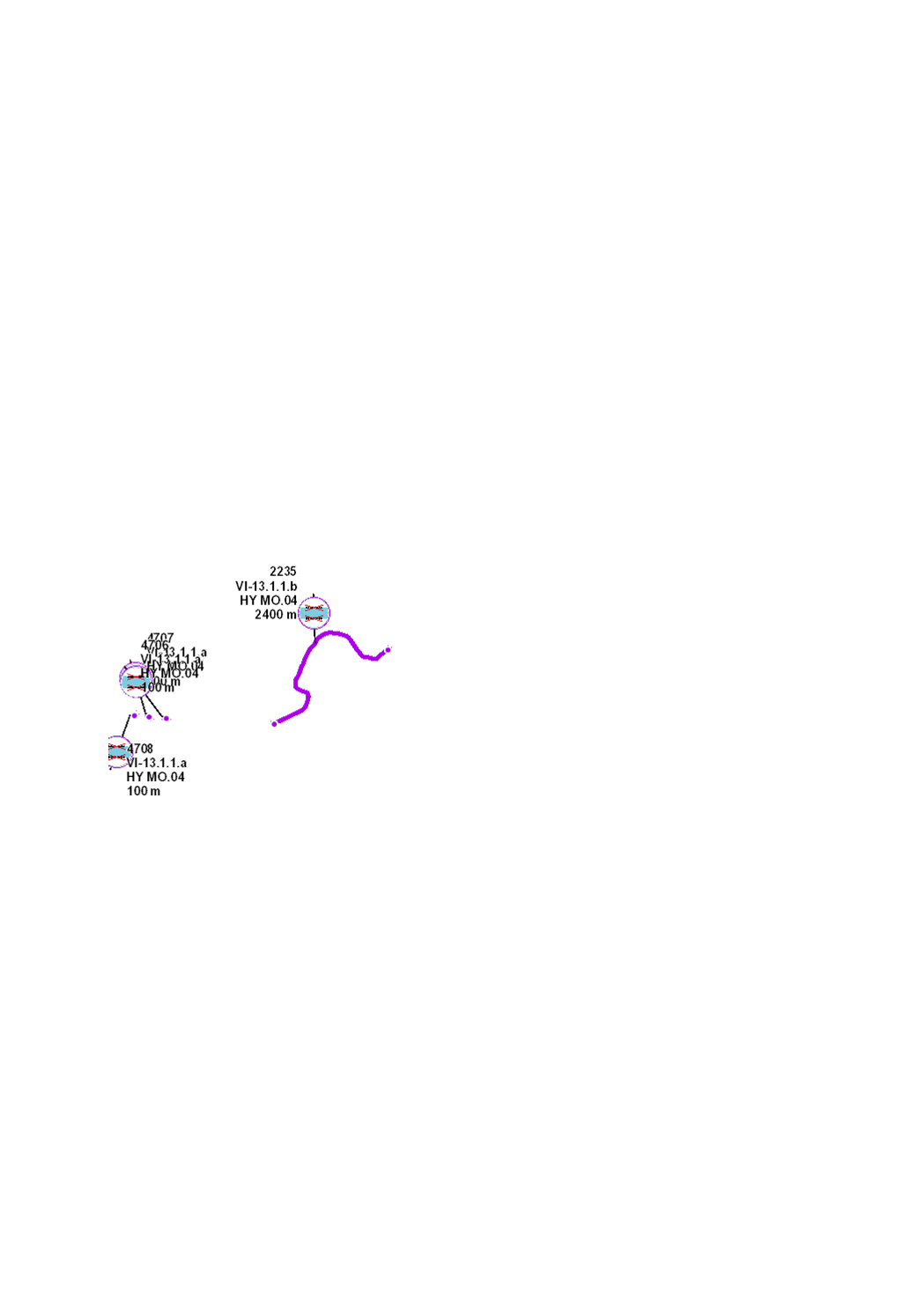
Riverbed improvement by permanent removal of heavy stabilization techniques or by their replacement with more natural techniques, in order to recreate a riverbed composed of natural substrate with a low flow channel, a variation of depths and a diversity of flow rates, thus creating microhabitats for aquatic flora and fauna.
-
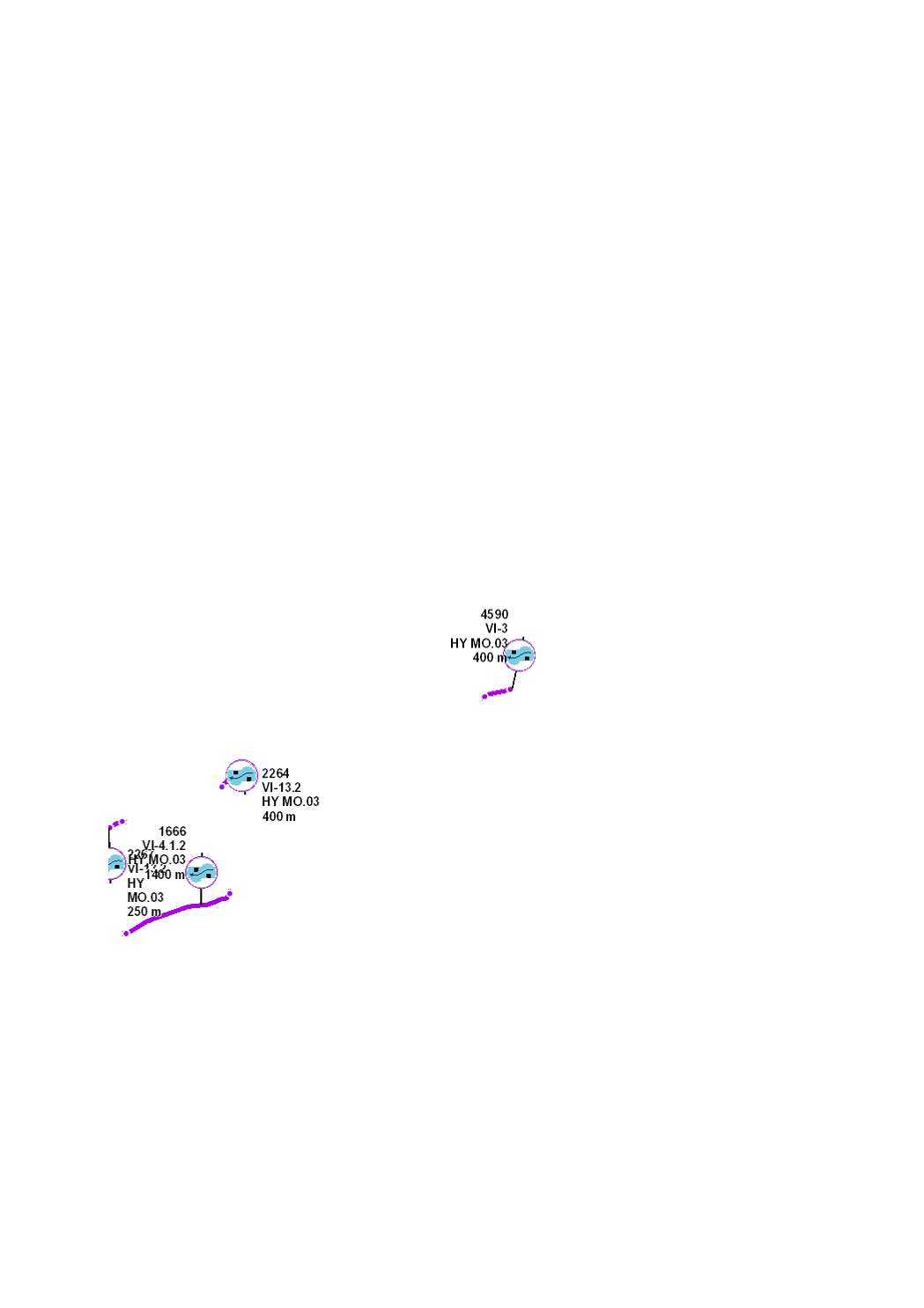
Triggering of river dynamics through placement of flow deflectors such as dead wood or rocks, in order to initiate the formation of diversified structures within the riverbed and the riverbanks (hydrodynamic scour, sedimentation zones, lateral bars, riverbank failure, etc.), creating microhabitats for aquatic flora and fauna.
-

Riverbanks improvement by permanent removal of heavy stabilization techniques or by their replacement with plant engineering solutions, in order to recreate near-natural riverbanks with typical vegetation and diversified structures, thus creating microhabitats for aquatic flora and fauna.
-
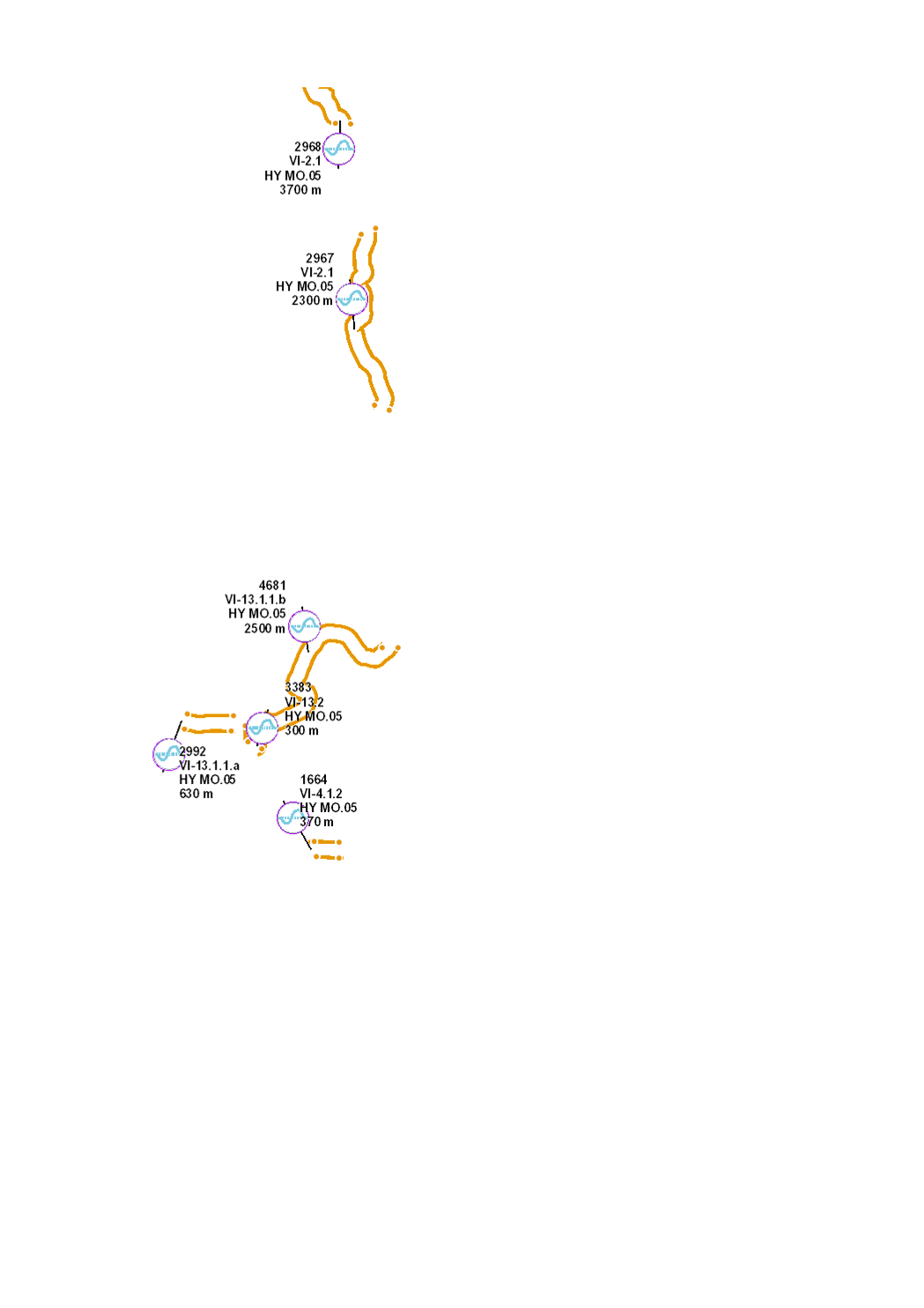
Typical river restoration technique. Re-meandering and restoration of the riverbed in order to recreate a new meandering course compliant with the river typology, with a riverbed and riverbanks rich in structures.
-

Restoration of the connection between the river and its floodplain, oxbow lake reconnection, floodplain extensification regarding land use in order to promote water retention and obtain periodic local inundations downstream. Reactivate a part of the alluvial plain by lowering soil level, thus creating an artificial alluvial plain. Measure promoting aquatic and terrestrial biodiversity of wetlands as well.
 geocatalogue.geoportail.lu
geocatalogue.geoportail.lu